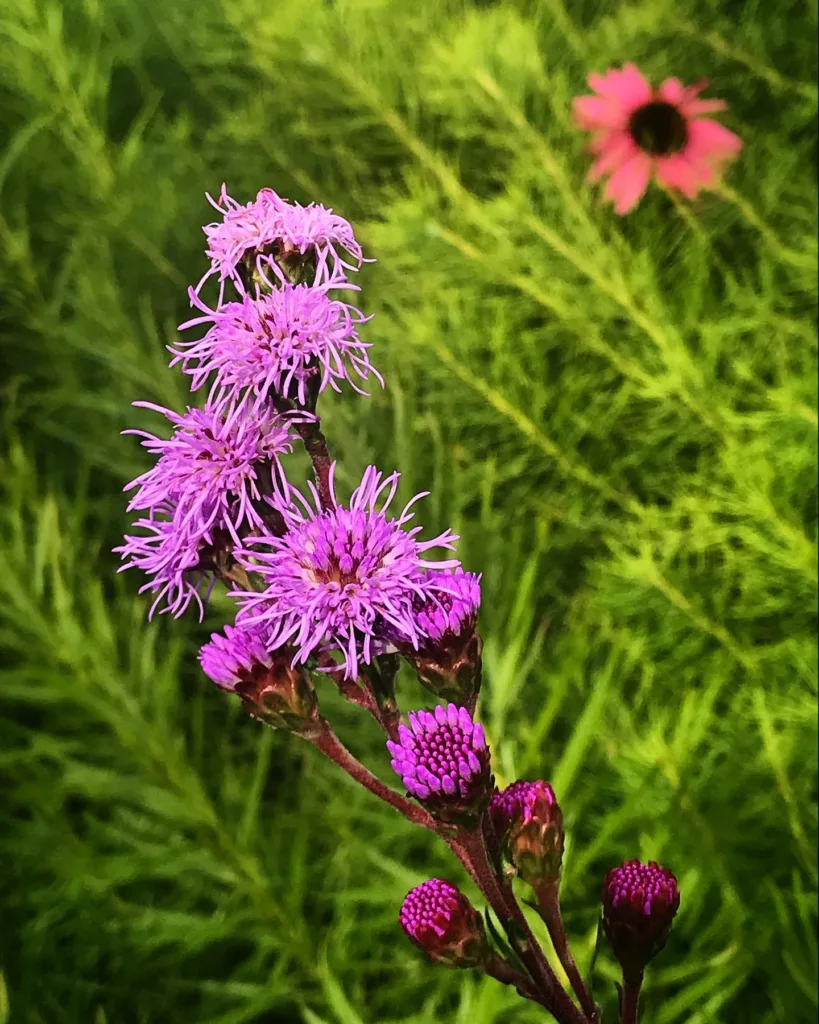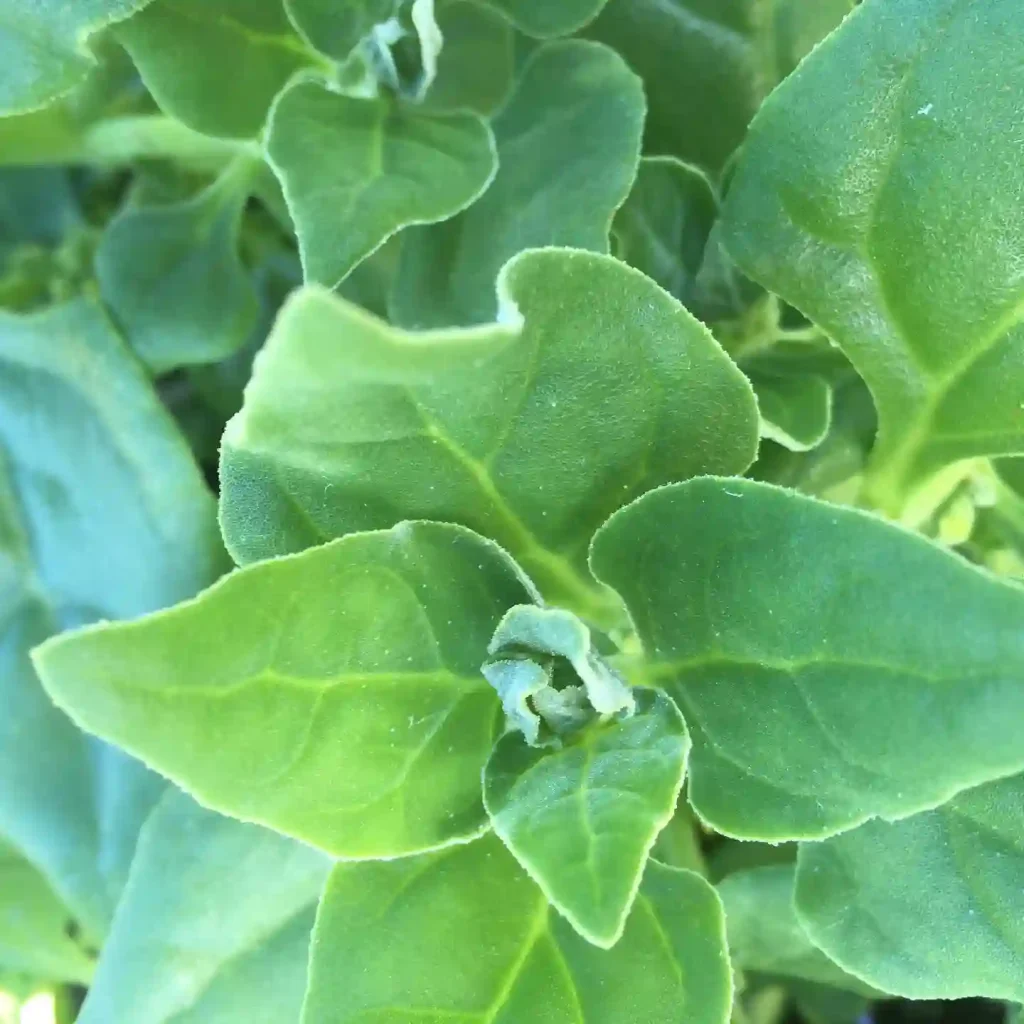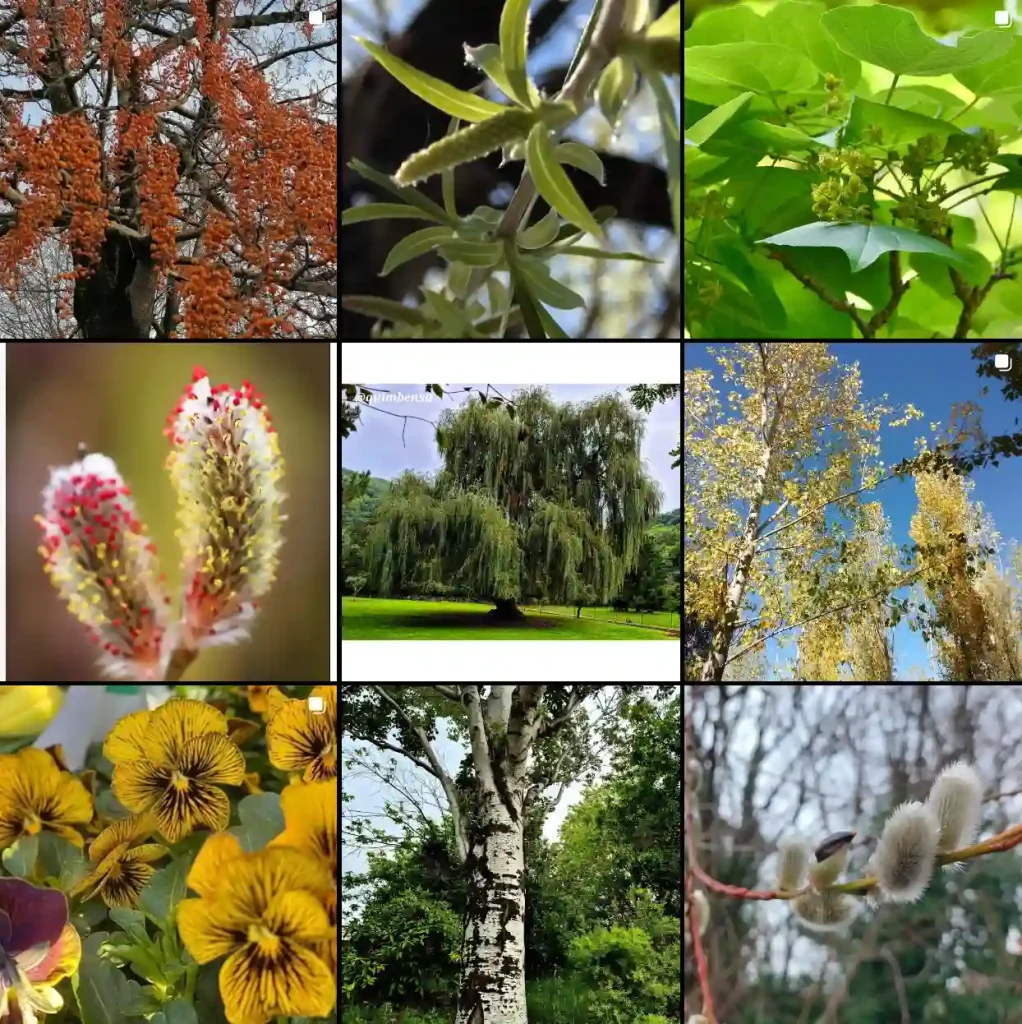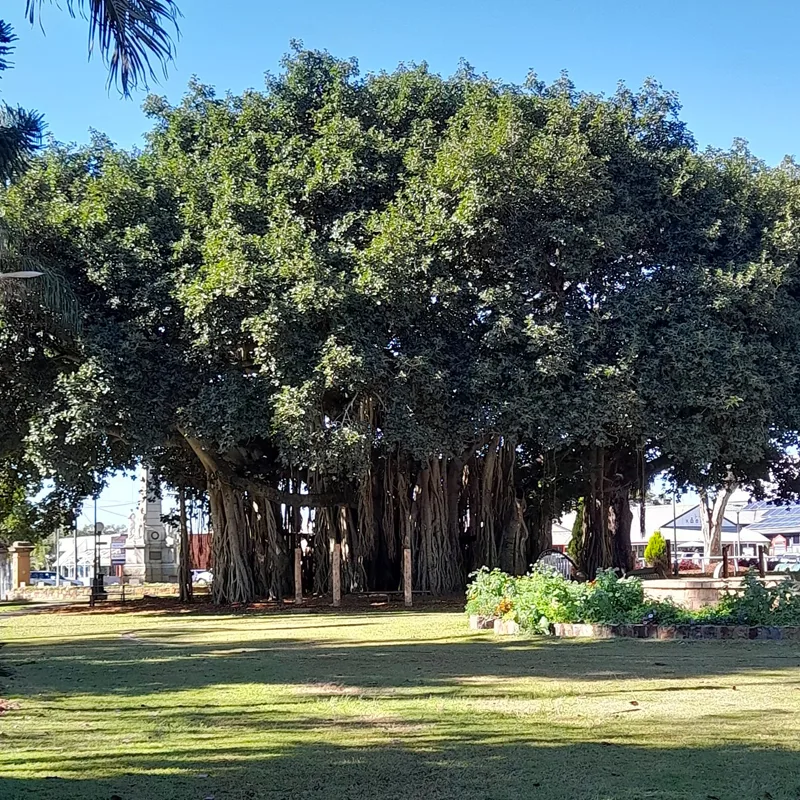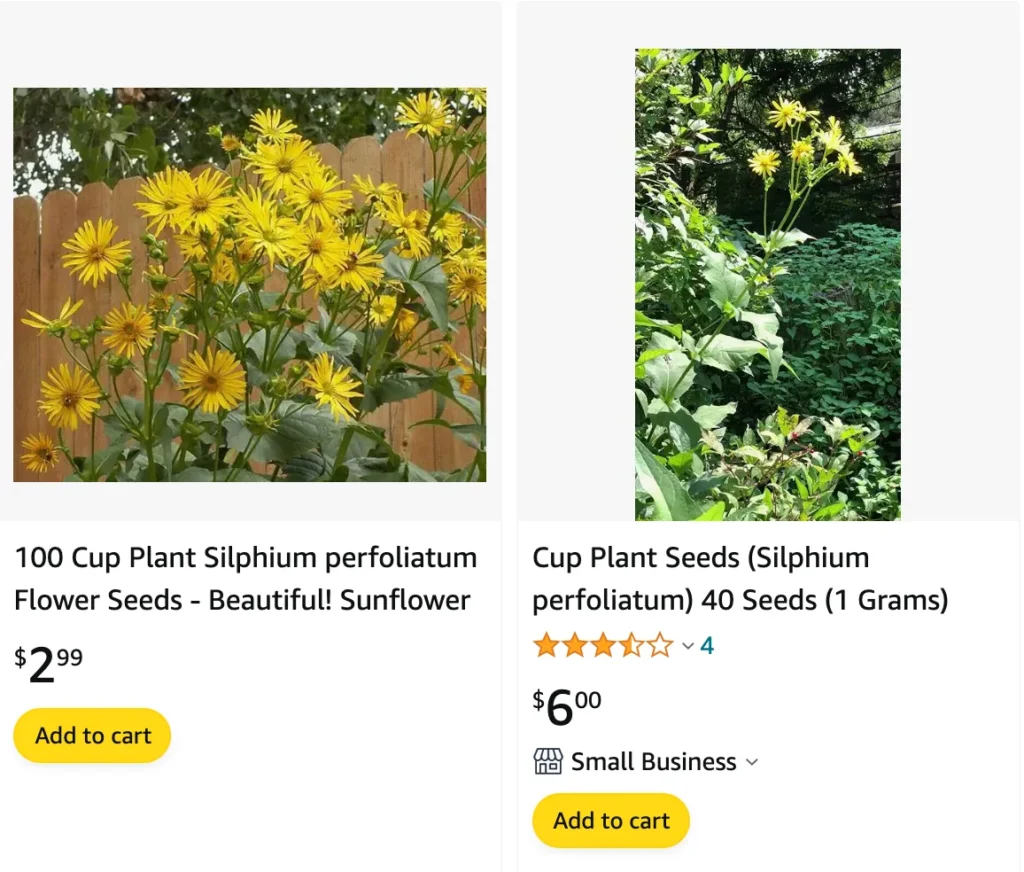
The Towering Allure of Silphium perfoliatum: A Gardener’s Guide
For the past few growing seasons, I’ve been captivated by the statuesque presence of Silphium perfoliatum, commonly known as the cup plant. This native North American wildflower isn’t just a looker; it boasts an impressive ecological resume, attracting pollinators and providing habitat for beneficial insects. As my fascination grew, I delved deeper into the world of Silphium perfoliatum, and here’s what I learned:
22 Species in Genus Silphium
Does Silphium perfoliatum Thrive in Western Washington?
The good news for Pacific Northwest gardeners is that Silphium perfoliatum can indeed flourish in western Washington. This region provides the cool, moist summers and well-drained soils that this perennial prefers. So, if you’re in Seattle or anywhere west of the Cascades, you can definitely add this captivating wildflower to your garden.
How Deep Do Those Roots Go?
Silphium perfoliatum boasts a well-deserved reputation for its deep taproot. This can extend down several feet, making it a drought-tolerant champion once established. The deep root system also helps the plant anchor itself through strong winds, a valuable trait in coastal areas of western Washington.
Pro tip: Due to the extensive root system, transplanting established Silphium perfoliatum can be challenging. It’s best to sow seeds directly in their designated spot or choose young seedlings for easier relocation.
How to germinate Silphium perfoliatum seeds?
Silphium perfoliatum seeds benefit from a cold stratification period, mimicking the natural winter cycle. Here’s how to unlock their potential:
- Fall Sowing: Sow the seeds directly in your garden bed in late fall, after the first frost. This allows them to experience the natural winter chill.
- Spring Sowing: Alternatively, you can sow seeds indoors in pots filled with a well-draining seed starting mix around 8-10 weeks before the last frost date. However, for spring sowing, you’ll need to mimic the cold stratification period by placing the pots in a refrigerator for 4-6 weeks before germination.
Key point: Silphium perfoliatum seeds can take several weeks to germinate, so be patient. Don’t despair if you don’t see sprouts right away.
Cultivating Majesty: Growing Silphium perfoliatum in Western Washington
Now that you’ve got the germination process down, here’s how to cultivate thriving Silphium perfoliatum in your western Washington garden:
- Choosing the Perfect Spot: Select a location that receives at least 6-8 hours of sunlight daily. Silphium perfoliatum appreciates well-drained soil, so amending your planting area with compost or other organic matter can be beneficial.
- Planting: Once the danger of frost has passed, plant your seeds or seedlings outdoors, spacing them 3-4 feet apart to allow for their mature size. Water them thoroughly after planting.
- Watering: While established Silphium perfoliatum is drought-tolerant, young plants benefit from consistent watering during their first growing season. Aim to provide deep watering once a week, especially during dry spells.
- Mulching: Apply a layer of organic mulch around the base of your plants to retain moisture, suppress weeds, and regulate soil temperature.
- Minimal Maintenance: Once established, Silphium perfoliatum requires minimal maintenance. Deadheading spent flowers can encourage additional blooms throughout the summer.
Bonus tip: Silphium perfoliatum is generally resistant to pests and diseases, making it a low-maintenance choice for eco-conscious gardeners.
A Beacon for Biodiversity: What to Plant with Silphium perfoliatum
Silphium perfoliatum isn’t just a visual delight; it’s a magnet for pollinators. Butterflies, bees, and hummingbirds all flock to its bright yellow flowers. To create a haven for biodiversity, consider planting Silphium perfoliatum alongside other native perennials like Echinacea purpurea (purple coneflower), Rudbeckia fulgida (black-eyed Susan), and Asclepias tuberosa (butterfly weed).
With its architectural form, stunning blooms, and ecological benefits, Silphium perfoliatum is a worthy addition to any western Washington garden. So, if you’re looking for a plant that provides both beauty and ecological value, consider giving this North American native a try.
If i die, water my plants!
